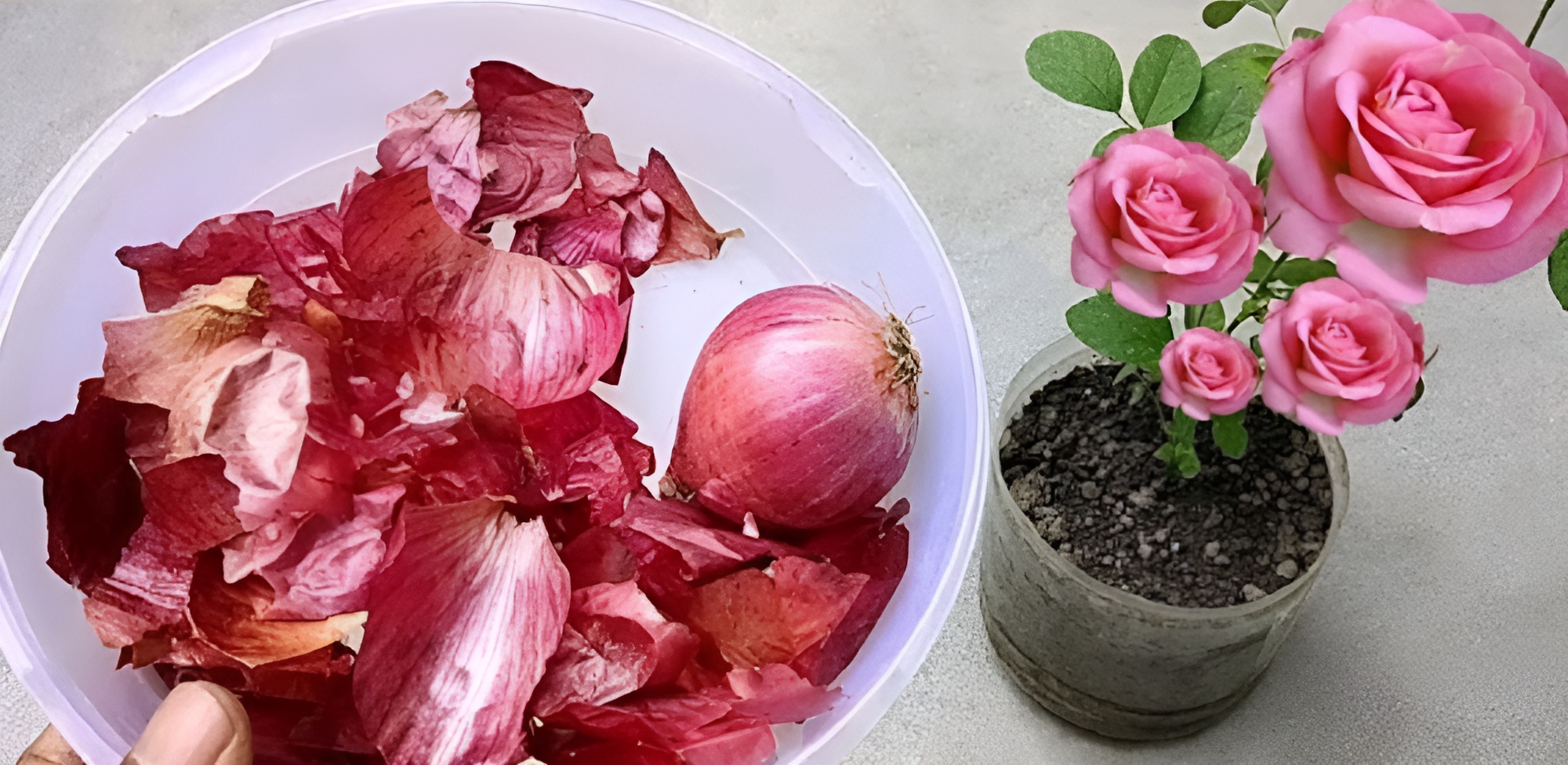
Organic gardening is gaining momentum as more people opt for home-grown produce, with onions and garlic being a popular choice. These members of the Liliaceae family, which includes shallots, are not only culinary favorites but are also celebrated for their health benefits. You don’t need a huge garden to start; a small balcony and a few pots will do. Within about 6–7 months, you can enjoy the fruits of your labor.
Growing garlic and onions at home is straightforward and rewarding. These edible bulbs are known for their distinctive flavor and health-promoting properties. If you’re interested in growing them, it’s important to know the best planting techniques and care requirements to ensure a bountiful, high-quality yield.
How to Grow Onions and Garlic
Both garlic and onions have relatively simple care needs despite their differences in bulb production. They thrive in conditions that do not require excessive watering but do require soil enriched with organic matter. However, soil that is too fertile can cause the bulbs to rot.
Optimal sowing times and soil preparation
For onions : Start with seeds or bulbs. In regions with seasonal changes, plant bulbs in spring (March or April) or autumn (September or October) in the Southern Hemisphere. Choose pots about 30 cm deep and wide that can accommodate at least two bulbs. Opt for a light, well-drained soil mixed with natural fertilizer.
For garlic : Start by separating the cloves from a garlic head. Use pots with drainage to prevent waterlogging and use gravel for better water regulation. Plant the cloves 10 cm deep, with the tip facing up and at least 8 cm apart. Garlic prefers direct sunlight and moderate watering, about once a week.
Growing onions
Prepare the soil loose, neither clayey nor sandy, to allow free bulb growth. Plant seeds about 1 inch deep and initially keep them indoors until sprouts form, usually after a month.
Growing garlic
After preparing the pot with drainage, place the garlic cloves accordingly and make sure they are exposed to direct sunlight. The minimal watering requirement reduces the risk of excess moisture, which garlic does not tolerate well.
Harvesting and storing
Onions: Can be harvested “green” for immediate use or left for storage until the leaves have wilted. The time to harvest red onions is when all the leaves have dried, usually in July or August. White onions planted in the fall will be ready in the spring.

Garlic and shallots : Wait until at least two-thirds of the leaves have dried, usually in late June or early July for garlic and grey shallots. Pink shallots are harvested in July or August. The right timing ensures optimal conservation.
Growing onions and garlic at home not only provides you with fresh, organic produce, but also adds a rewarding activity to your daily routine. By following these guidelines, you can enjoy the numerous benefits of this vegetable, from enhancing your meals to boosting your health.
